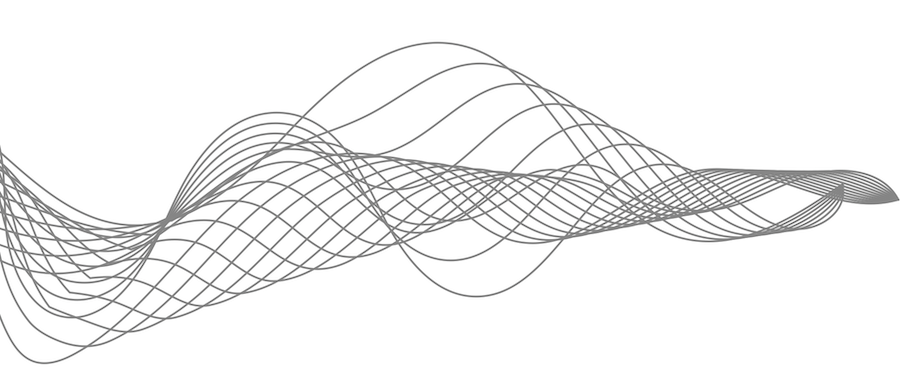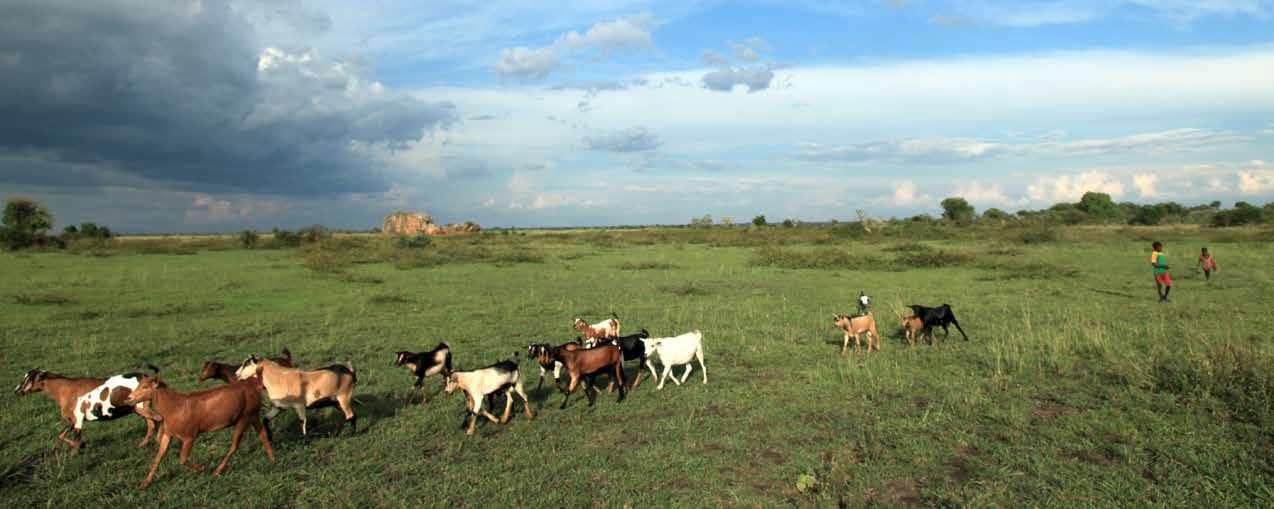Livestock are playing an increasing role in the global sustainable development agenda. And the smarter incorporation of environmental, animal health, and equity objectives in livestock sector investments is an important entry point for improving livestock sector contributions to sustainability. This would lead to clearer sustainable development opportunities and outcomes. Recognizing this opportunity, project teams at the World Bank and the Food and Agriculture Organization of the United Nations (FAO) began developing the ISL Guide in 2017, launching it to the public in June 2019.
The preparation of this guide placed strong emphasis on understanding the needs of project teams and the challenges they face in preparing and implementing development projects that involve livestock. To that end, five learning and sharing events were organized in 2017 and 2018 involving more than 100 potential users (policymakers, non-governmental organizations, the private sector, academia) in Asia (Myanmar), Latin America (Costa Rica), and Africa (Ethiopia), and at a global meeting of the Global Agenda for Sustainable Livestock in Mongolia.
The core World Bank team was expanded to include animal health experts to lead the development of the animal health guidance shortly after the launch of the guide in 2019. The animal health guidance was incorporated into the ISL Guide framework of this first guide and made available online in the summer of 2020.
The team is in the process of expanding further to incorporate equity experts for the development of the forthcoming third guide on equity. The development of the guide was the direct outcome of early stakeholder discussions regarding the desired elements of the guide. As a result of these early stakeholder discussions regarding the desired elements of the guide, three categories were defined: process requirements (knowledge, training, policy, etc.), activities (objectives, indicators, best practices, etc.), and impacts (economic, social, food safety and security, etc.). The guide was further adapted as it was tested and reviewed by stakeholders, to maintain relevance and usability. This remains and ongoing process.
Following this consultative process, technical teams at the World Bank, with the support of experts from various international organizations, developed guidance on environment and animal health for sustainable development investments in livestock, with guidance on equity forthcoming. This guidance draws on a broad review of scientific evidence, literature, and experience in project management and resulted in 14 principles for sustainable livestock projects.
In addition, 6 contexts, 5 objectives, and 21 interventions were established after a broad review of the previous 15 years of World Bank livestock development projects. The contexts define typical production systems where a project may take place. The objectives and interventions consist of typical goals and activities that livestock projects may aim to achieve.

